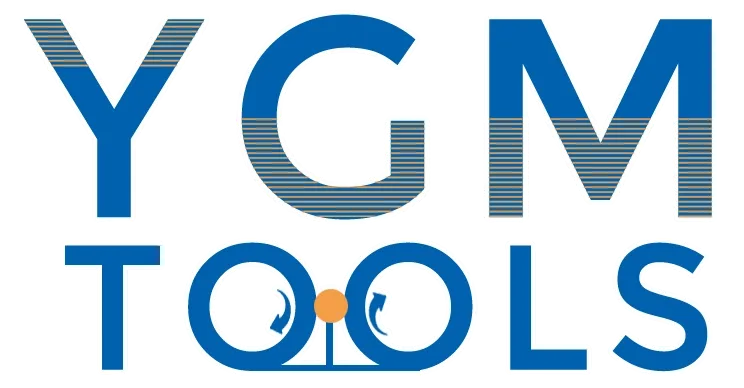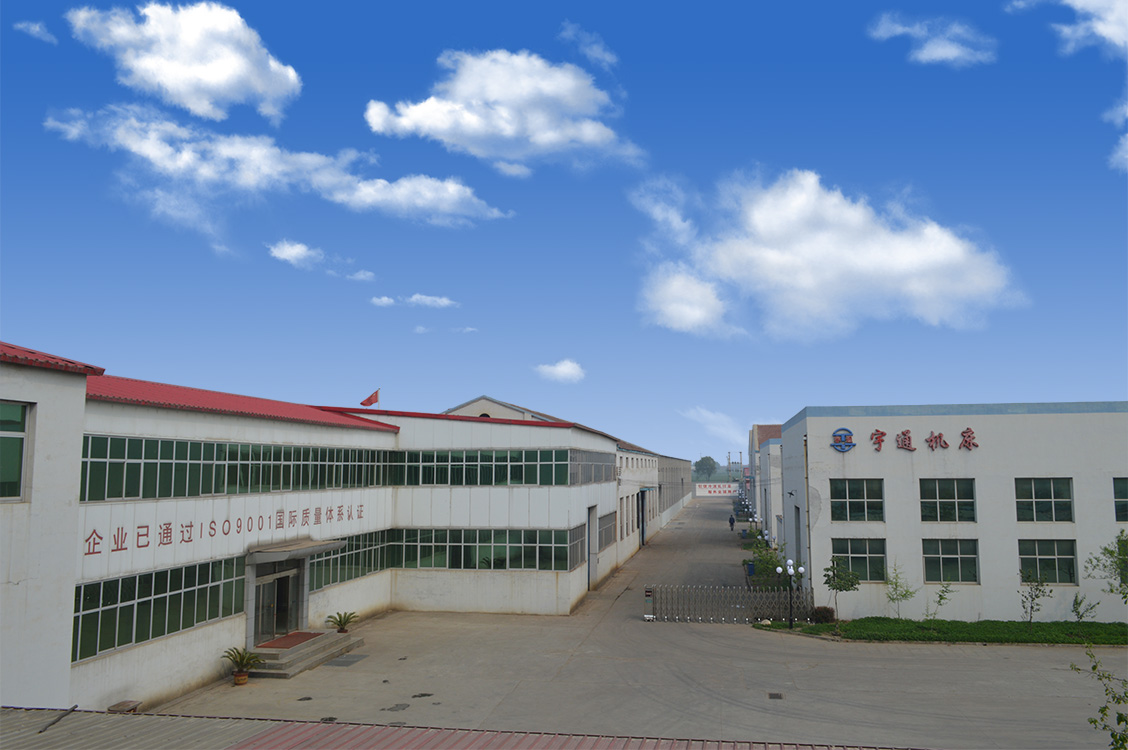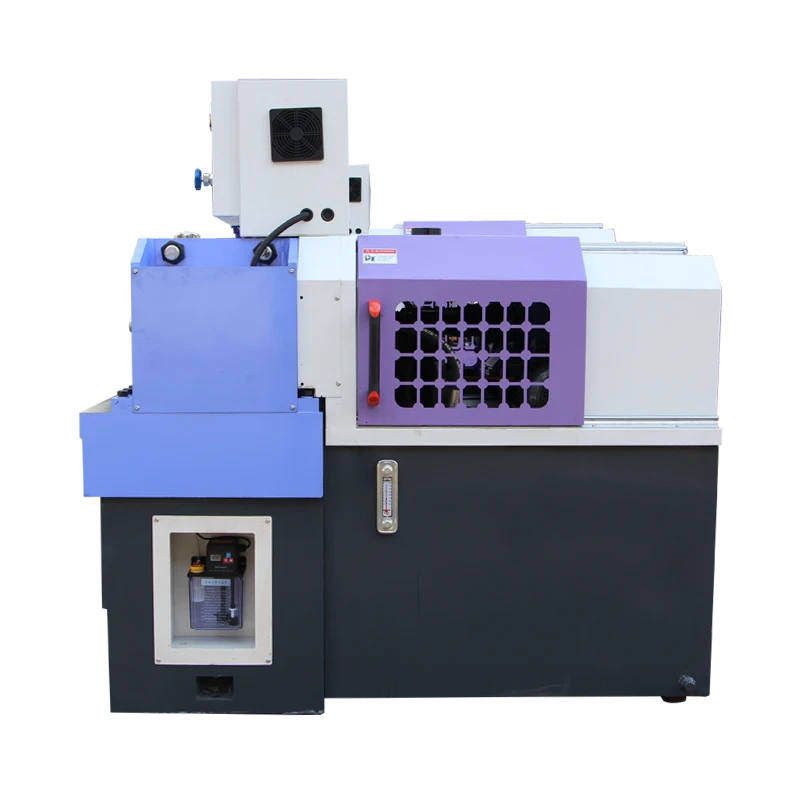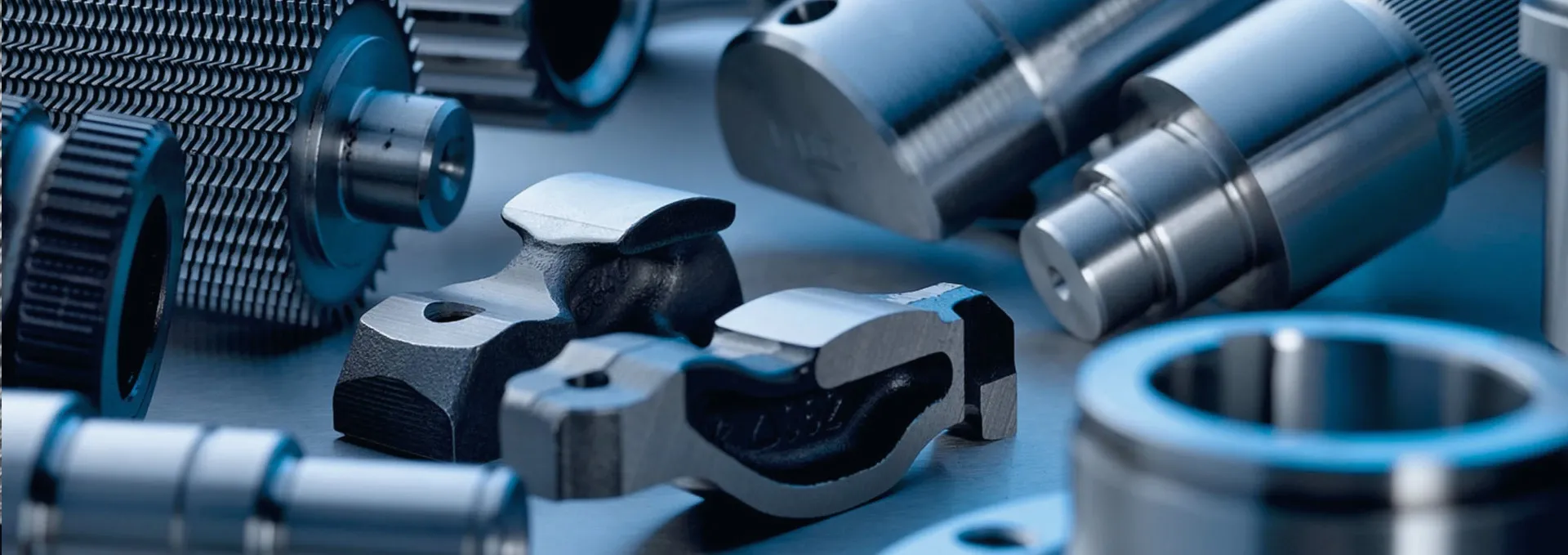
-
 Afrikaans
Afrikaans -
 Albanian
Albanian -
 Amharic
Amharic -
 Arabic
Arabic -
 Armenian
Armenian -
 Azerbaijani
Azerbaijani -
 Basque
Basque -
 Belarusian
Belarusian -
 Bengali
Bengali -
 Bosnian
Bosnian -
 Bulgarian
Bulgarian -
 Catalan
Catalan -
 Cebuano
Cebuano -
 Corsican
Corsican -
 Croatian
Croatian -
 Czech
Czech -
 Danish
Danish -
 Dutch
Dutch -
 English
English -
 Esperanto
Esperanto -
 Estonian
Estonian -
 Finnish
Finnish -
 French
French -
 Frisian
Frisian -
 Galician
Galician -
 Georgian
Georgian -
 German
German -
 Greek
Greek -
 Gujarati
Gujarati -
 Haitian Creole
Haitian Creole -
 hausa
hausa -
 hawaiian
hawaiian -
 Hebrew
Hebrew -
 Hindi
Hindi -
 Miao
Miao -
 Hungarian
Hungarian -
 Icelandic
Icelandic -
 igbo
igbo -
 Indonesian
Indonesian -
 irish
irish -
 Italian
Italian -
 Japanese
Japanese -
 Javanese
Javanese -
 Kannada
Kannada -
 kazakh
kazakh -
 Khmer
Khmer -
 Rwandese
Rwandese -
 Korean
Korean -
 Kurdish
Kurdish -
 Kyrgyz
Kyrgyz -
 Lao
Lao -
 Latin
Latin -
 Latvian
Latvian -
 Lithuanian
Lithuanian -
 Luxembourgish
Luxembourgish -
 Macedonian
Macedonian -
 Malgashi
Malgashi -
 Malay
Malay -
 Malayalam
Malayalam -
 Maltese
Maltese -
 Maori
Maori -
 Marathi
Marathi -
 Mongolian
Mongolian -
 Myanmar
Myanmar -
 Nepali
Nepali -
 Norwegian
Norwegian -
 Norwegian
Norwegian -
 Occitan
Occitan -
 Pashto
Pashto -
 Persian
Persian -
 Polish
Polish -
 Portuguese
Portuguese -
 Punjabi
Punjabi -
 Romanian
Romanian -
 Russian
Russian -
 Samoan
Samoan -
 Scottish Gaelic
Scottish Gaelic -
 Serbian
Serbian -
 Sesotho
Sesotho -
 Shona
Shona -
 Sindhi
Sindhi -
 Sinhala
Sinhala -
 Slovak
Slovak -
 Slovenian
Slovenian -
 Somali
Somali -
 Spanish
Spanish -
 Sundanese
Sundanese -
 Swahili
Swahili -
 Swedish
Swedish -
 Tagalog
Tagalog -
 Tajik
Tajik -
 Tamil
Tamil -
 Tatar
Tatar -
 Telugu
Telugu -
 Thai
Thai -
 Turkish
Turkish -
 Turkmen
Turkmen -
 Ukrainian
Ukrainian -
 Urdu
Urdu -
 Uighur
Uighur -
 Uzbek
Uzbek -
 Vietnamese
Vietnamese -
 Welsh
Welsh -
 Bantu
Bantu -
 Yiddish
Yiddish -
 Yoruba
Yoruba -
 Zulu
Zulu
Precision Flat Die Thread Rolling Machines Durable Solutions
- Industry Challenges & Market Demand for Thread Rolling Solutions
- Technical Superiority of Modern Flat Die Systems
- Performance Comparison: Leading Manufacturers Analyzed
- Custom Engineering for Specialized Production Needs
- Real-World Implementation Success Stories
- Operational Cost-Benefit Analysis
- Future-Proofing Manufacturing with Flat Die Technology

(flat die thread rolling machine product)
Addressing Precision Demands in Fastener Production
The global thread rolling machine market reached $3.2B in 2023 (Gartner, 2024), with flat die systems capturing 42% of industrial applications. Automotive manufacturers report 18-23% efficiency gains when switching from rotary dies to flat die thread rolling machine product
s for high-volume components like axle bolts and suspension pins.
Engineering Breakthroughs in Metal Forming
Third-generation flat die systems achieve 0.005mm positional accuracy through:
- Hydrostatic guidance systems reducing lateral deflection by 67%
- Adaptive servo motors cutting energy consumption to 8.3kW/hr
- Modular die assemblies enabling 22-minute changeovers
Manufacturer Capability Assessment
| Parameter | AlphaRoll F5 | BetaTech ProFlat | CrownThread CTX9 |
|---|---|---|---|
| Max. Workpiece Diameter | 45mm | 52mm | 38mm |
| Cycle Time (M8 bolt) | 2.1s | 1.8s | 2.4s |
| Tooling Life (cycles) | 850,000 | 1.2M | 720,000 |
Tailored Solutions for Industry 4.0
Aerospace contractors utilize dual-pressure zone thread rolling machine flat die products to process titanium fasteners with:
- Variable pitch threading (0.75-3.5mm)
- Surface hardness maintenance at 58-62 HRC
- Automated defect detection with 99.97% accuracy
Validation Through Production Metrics
Heavy equipment manufacturer Kobelco achieved:
- 83% reduction in thread galling incidents
- 14-month ROI through 38% increased throughput
- ISO 9001:2015 compliance across 11,000+ components
Economic Advantages in Mass Production
Lifecycle cost analysis reveals flat thread rolling machine products deliver:
- $0.0031 per piece tooling cost vs. $0.0078 for rotary systems
- 15-22% material savings through cold forming efficiency
- 92% uptime reliability in 3-shift operations
Sustaining Competitive Edge with Flat Die Innovation
Manufacturers adopting Gen4 flat die thread rolling machine products report 19-month payback periods through intelligent predictive maintenance systems that reduce unplanned downtime by 61%. The technology's compatibility with IIoT protocols positions it as critical infrastructure for smart factory initiatives through 2030.

(flat die thread rolling machine product)
FAQS on flat die thread rolling machine product
Q: What are the key advantages of using a flat die thread rolling machine product?
A: Flat die thread rolling machines offer high precision, fast production rates, and extended tool life. They are ideal for creating strong, burr-free threads on metal components. Their simple design also ensures low maintenance costs.
Q: Which industries commonly use thread rolling machine flat die products?
A: Automotive, aerospace, construction, and fastener manufacturing industries rely on these machines. They are perfect for mass-producing bolts, screws, and threaded rods. Custom applications in medical devices are also growing.
Q: How does a flat thread rolling machine product ensure thread consistency?
A: The machine applies uniform pressure through flat dies to cold-form threads without material removal. This process eliminates variations caused by cutting or grinding. Precise die alignment guarantees repeatable thread geometry.
Q: What materials can a flat die thread rolling machine product process?
A: It works with ductile metals like steel, stainless steel, aluminum, and brass. Hardened materials up to 45 HRC can also be threaded. Material suitability depends on die specifications and machine tonnage.
Q: How to choose the right flat die thread rolling machine model?
A: Consider material type, thread size, production volume, and required precision. Evaluate machine capacity (tonnage) and die compatibility. Customizable options are available for specialized applications.
